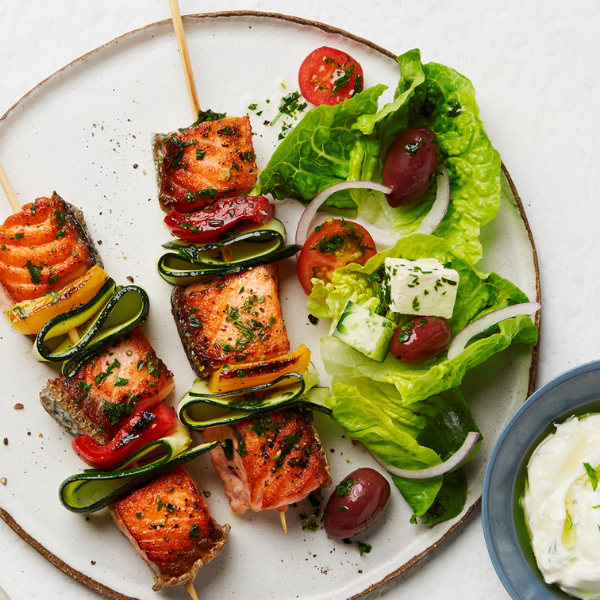The Beauty of Tassie
It’s 7.24am. The sun is slowly rising, and its spectacular citrus glow instantly takes the chill out of an icy but picturesque morning as it lights up the cool waters to perfection. Our Western Zone Operations Manager Shane is out on the water at one of our salmon towns on the stunning west coast of Tasmania, Strahan. The stillness is deafening except for the whirring of the boat and a subtle rippling of movement in the water alongside the dawn chorus of birds in the distance. This is Tassie!
Known all around the world for amazing food and the farmers who produce it. From the East Coast to the West Coast and all around the South, everyone knows a fish farmer. Do you?
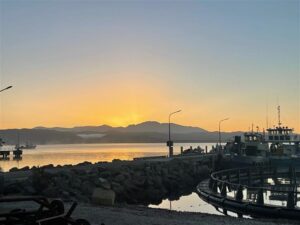
Sunrise from Strahan by Adam Saltmarsh (Maintenance Manager at Marine Operations)
Possessing rich agricultural land, rich history, culture, and wild nature, “beautiful” is certainly a common word used to describe this paradise island of Australia.
It’s little wonder why we farm salmon here when you consider Tasmania’s cool, clean waters. As the industry leaders in our field, we asked our experts what makes Tassie’s oceans better, and most importantly, how we continue to keep the waters clean and precious wildlife protected as responsible farmers of the ocean and land?
What we got was a lot of educated and passionate voices who are committed to contributing towards a better tomorrow.
With CSIRO, UTAS, and IMAS on our doorstep, we have arguably done more research on our waters than any other salmon producing region. This research then informs regulation. Our regulatory environment is amongst the most rigorous in the world.
Head of Environment, Sean Riley said Tassie possesses a disproportionately long and complex coastline compared to our mainland counterparts, accounting for approximately 1% of Australia’s land area – yet 8% of the entire coastline.
“This basically means there are a range of coastal waterways and locations on land that provide ready access to farming locations and shore bases. The coastal zone around Tasmania is both vulnerable and valuable. Marine farming management and planning processes adopted pre-2000 have enabled the sustainable development of aquaculture in Tassie waters without impacting on important and sensitive marine natural values for our habitats and species,” he said.
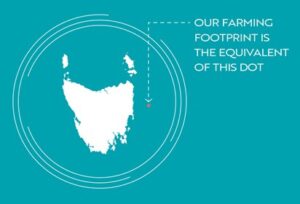
Our farming footprint compared to the size of Tassie
Senior Manager, Animal Health and Welfare, Colin Johnston said Tassie’s Ocean is unique and the best to farm Atlantic salmon for a variety of reasons.
“As far as farming Atlantic salmon (Salmo salar) is concerned there are thin bands of suitable climatic conditions that run around the planet in Northern and Southern latitudes, sort of Goldilocks zones – not too hot, not too cold.”
“We have such enthusiastic, professional, passionate and talented people down here farming our salmon and a globally envied fish health status. The industry worked together and invested in a commercial vaccine programme that has delivered results far exceeding those overseas in the traditionally larger production countries.”
Want to know more about how we keep the ocean clean and wildlife protected?
“With local workers employed in Tasmania who love the ocean, we have a bunch of people who regard the Tasmanian coastline as their back yard – they live there, they work there, they play there – they are invested in it, and want to protect it. Our people take cleaning up the coastline as another opportunity to help the marine environment. When it comes to Wildlife – it’s all about properly designed and rigged sanctuary pens – a triumph in effective engineering.”
Zack Wingfield is a Senior Manager and farmer of Tassie. He said protecting our environment is important to him now and into the future.
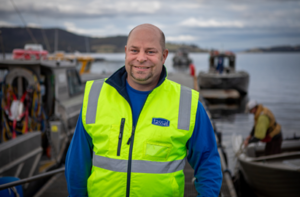
Zack Wingfield at Channel, TAS
“I love working on the salmon farms of Tassie because the environment is so dynamic; hence the “roaring 40’s”. As a farmer, we need to adapt and work with mother nature to ensure we are sustainable for long success of the environment. If we protect our environment we protect our industry,” he said.
Read more about Tassal’s Responsible Business Roadmap here, our 2021 Sustainability Report here and watch our latest video here.
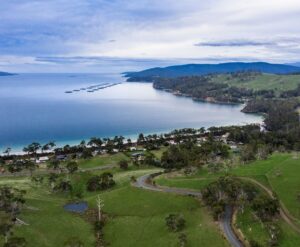
The beauty of Tassie!
This blog is written by Eve, from our Responsible Business team in Hobart.
ACKNOWLEDGMENT OF COUNTRY. We acknowledge the Traditional Custodians of country and their connections to land, sea and community. We pay our respect to their elders past and present and recognise that Australia is home to the oldest cultural tradition in the world.




